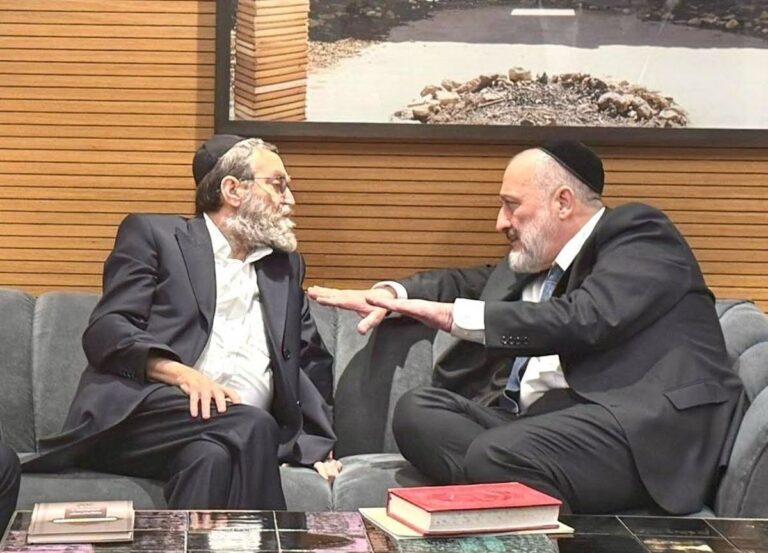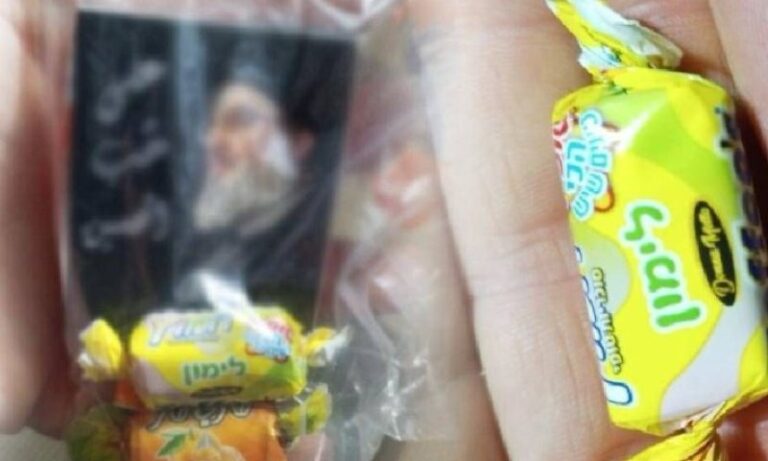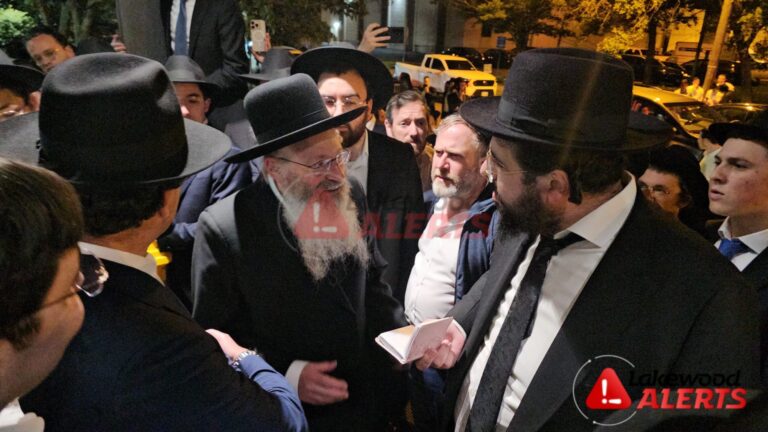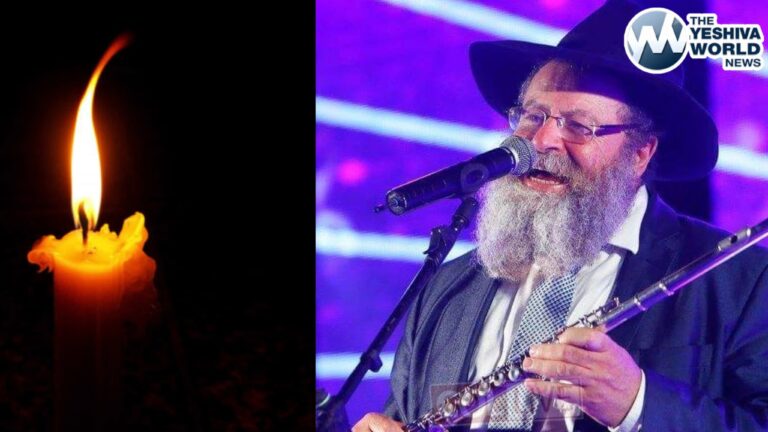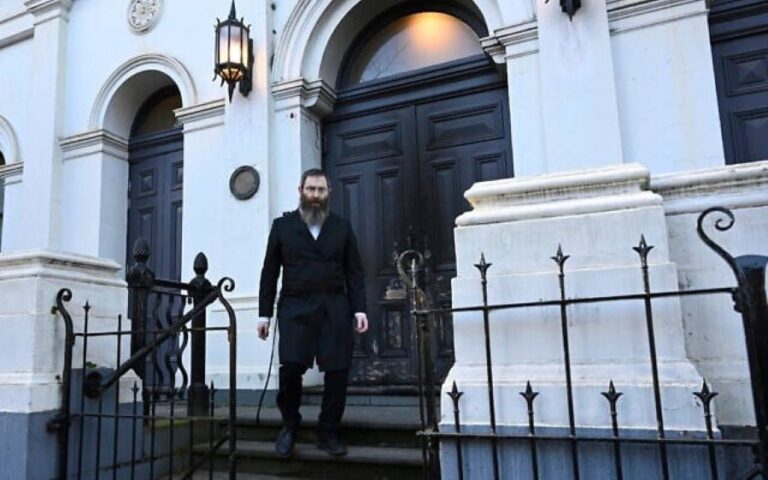V’hikrisem lachem arim arei miklat tih’yena lachem v’nas shama rotzeach makeh nefesh bishgaga (35:11)
A man once traveled from Israel to Europe to collect money for the poverty-stricken yeshivos of Yerushalayim. Unfortunately, try as he might, his efforts at collecting were largely unsuccessful. Disappointing as it was, he was willing to accept Hashem’s decree. However, upon hearing that a non-religious agent collecting for Zionist causes had quickly reached his goal and was already on his return voyage, the man became distraught and frustrated. He approached the Chofetz Chaim for an explanation to help him understand Hashem’s perplexing ways.
The Chofetz Chaim responded by noting that the Gemora in Makkos (10b) rules that signs must be placed along the road indicating which path accidental murders should take to arrive at the cities of refuge. He questioned why we don’t find a similar law requiring that signs be posted pointing the way to Yerushalayim for those on their way to fulfill the mitzvah of ascending to the Beis HaMikdash on Pesach, Shavuos, and Sukkos?
The Chofetz Chaim answered that a person on his way to a city of refuge, even if he is not an intentional murderer, is still not a moral role model to whom we want people to be exposed. Hashem wouldn’t have caused this to happen to a completely righteous person. We therefore provide directions for him so that he won’t have to stop to obtain them by interacting with innocent people.
On the other hand, the Medrash relates (Yalkut Shimoni Shmuel 1:1 77) that each year Elkanah would ascend to the Mishkan in Shiloh and share his plans with those he encountered, thus encouraging them to join him in the mitzvah. Each time he would take a different path so as to enable all Jews to participate in the mitzvah. There are no signs pointing the way to Yerushalayim so that a person ascending there will be forced to ask the locals for directions, thereby enabling them to become exposed to the righteous and join them in the performance of mitzvos.
The Chofetz Chaim concluded his words of comfort by suggesting that the representative of the anti-religious causes would act as a negative influence on all those he encountered. Hashem therefore enabled him to quickly obtain the funds he sought so that he would immediately leave, thus sparing the upright Jews of Europe from encountering his misleading ideologies. The representative of the Israeli yeshivos, on the other hand, was a righteous person representing holy causes. Frustrating and time-consuming as it was, Hashem specifically wanted his collection efforts to be dragged out so as to allow as many people as possible to meet him and become inspired from his stories of the pious Jews studying Torah in Yerushalayim.
V’heishivu oso ha’eidah el ir miklato asher nas shama v’yashav bah ad mos HaKohen HaGadol asher mashach oso b’shemen HaKodesh (35:25)
An accidental murderer is required to flee to a city of refuge and remain there until the death of the Kohen Gadol. The Mishnah in Makkos (11a) teaches that in order to ensure that they wouldn’t pray for the death of the Kohen Gadol, which would free them to return to their homes, the Kohen Gadol’s mother would send them food and clothing. This is difficult to understand. As much as the accidental murderers appreciated the parcels, they surely valued their potential freedom even more. If so, in what way did sending them “care packages” prevent them from eating the food and then proceeding to pray for the death of the Kohen Gadol? Must the two activities be mutually exclusive?
Rabbi Shlomo Eisenblatt derives from here a beautiful lesson in the importance of sincere and genuine prayer. He explains that the goal of the Kohen Gadol’s mother was to make sure that her son remained alive and did not die prematurely through the prayers of the accidental murderers for his death. In other words, her focus was not to guarantee that nobody would pray for the death of her son, which would have been unrealistic, but rather to ensure that even if they did pray, their petitions would be denied. How did she accomplish this?
Rabbi Eisenblatt explains that the power of a pure and truly heartfelt prayer is so great that even if it is uttered by somebody whose carelessness resulted in the death of another Jew, and even if his request is for something as audacious as the death of the Kohen Gadol, if he cries out to Hashem with all of his heart, he may well be answered. Although the feelings of gratitude that the accidental murderers felt toward the mother of the Kohen Gadol may not have been sufficient to stop them from praying altogether, they were enough to ensure that they would be unable to pray with their entire hearts, and the smallest reduction in the purity and intensity of their petitions was enough to prevent them from being answered.
Many times in life we call out to Hashem with tremendous passion and fervor. When doing so, we should remember the lesson of the Kohen Gadol’s mother and examine whether we are indeed doing so with all of our hearts, for the small disparity between 100% and 99% concentration can mean the difference between having our requests granted or denied.
Zeh hadavar asher tziva Hashem liv’nos Tzelafchad leimor l’tov b’eineihem tih’yena l’nashim ach l’mishpachas mateh avihem tih’yena l’nashim (36:6)
Although the Torah seems to require the daughters of Tzelafchad to marry men from their father’s tribe (Menashe), the Gemora in Bava Basra (120a) teaches that this wasn’t a commandment, but rather a piece of good advice that Hashem told Moshe to give them. Nevertheless, although they weren’t obligated to do so, the Torah testifies that they followed Hashem’s “advice,” and each of them found a man from her father’s tribe to marry.
Rav Zalman Sorotzkin notes that one might think that it would be difficult to find an appropriate spouse if a person’s dating pool is artificially reduced by 11/12. We would therefore expect to find that at least some of Tzelafchad’s daughters felt forced to ignore Hashem’s non-binding advice, since the Gemora in Bava Basra (120a) teaches that all of them had already reached the age of 40.
The Torah therefore emphasizes that no matter how restricted they may have felt in their choices, each of them recognized that each match is pre-destined and arranged by Hashem. Only He knows what is best for each person and uses special Divine Providence to bring it about. Each of Tzelafchad’s daughters understood that the apparent reduction in the size of her dating pool needn’t force her to remain single or to marry someone inappropriate for her. Following Hashem’s advice allowed each one to restrict her dating pool … to the one pre-destined bashert who would give her true happiness in life.
Answers to the weekly Points to Ponder are now available.
To receive the full version with answers email the author at [email protected].
Parsha Points to Ponder (and sources which discuss them):
1) One of our fundamental beliefs is that the Torah isn’t a book of history, but rather only contains that information from which lessons may be derived which are relevant to every Jew in every generation. Why does the Torah relate at length the list of the 42 places to which the Jews traveled on their way from Egypt to Israel, and of what practical significance is this information? (Rabbeinu Bechaye, Peirush Raavad to Mishnayos Eduyos 2:9, Divrei Shaul, Toafos Re’em on Yereim 309, Taam V’Daas, Chavatzeles HaSharon)
2) Rashi explains (35:14) that although 9½ tribes lived in the land of Israel proper and only 2½ tribes lived on the other side of the Jordan River, the Torah nevertheless required that the 6 cities of refuge be evenly divided between the two regions due to the fact that there were a disproportionate number of intentional murderers living on the other side of the Jordan. Of what relevance is the prevalence of intentional murderers to the cities of refuge, which only provide protection to those who kill accidentally and not to intentional killers? (Ramban, Daas Z’keinim, Rav Eliyahu Mizrachi, Sifsei Chochomim, Gur Aryeh, Taam V’Daas)
3) One who kills accidentally is required to flee to one of the cities of refuge and to remain there until the death of the Kohen Gadol (35:25). The Gemora in Makkos (9b) rules that two Torah scholars must escort him to the city of refuge in order to protect him from the avenger of the blood should they encounter one another before the murderer reaches the safety of the city of refuge. Why did they send two Torah scholars instead of two strong men, who would presumably be more successful in protecting him from the angry blood-redeemer? (V’HaIsh Moshe)
© 2011 by Oizer Alport.


